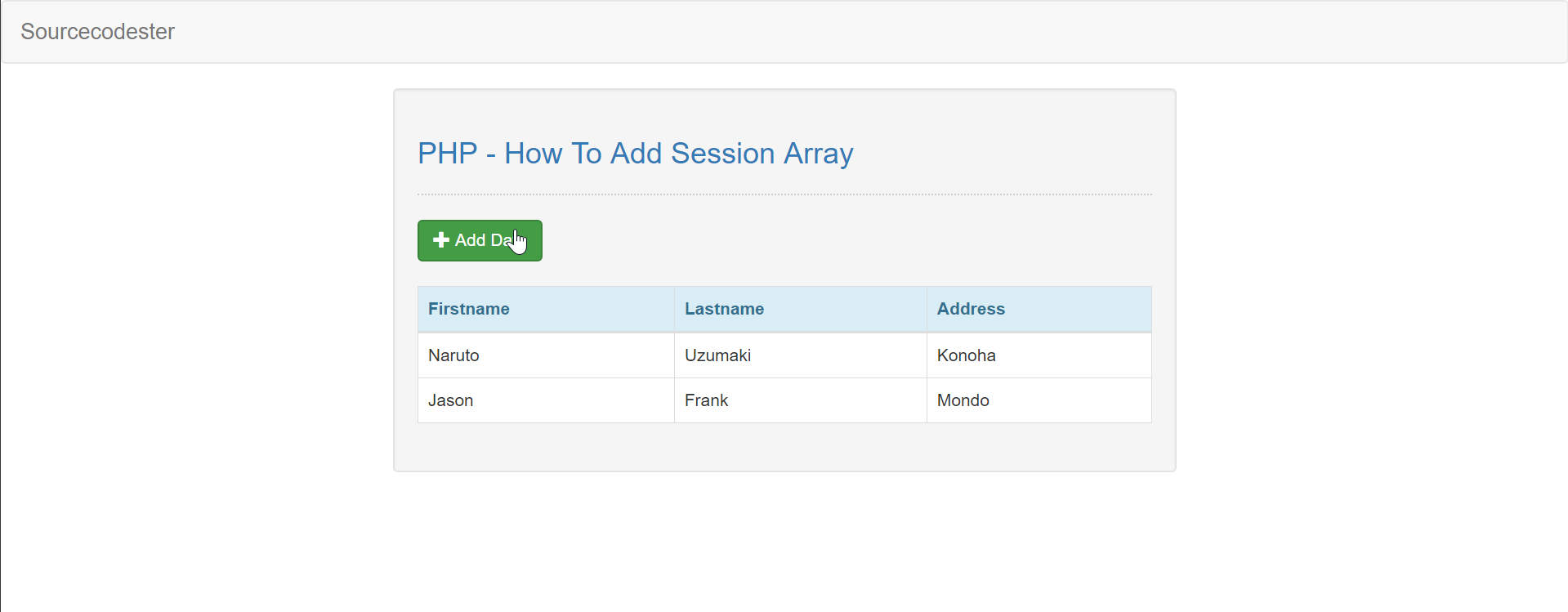

This results in several problems on the server, which may see tens of thousands or even millions of unique connections every day: consumed memory for every open TLS connection, a requirement for a session ID cache and eviction policies, and deployment challenges for popular sites with many servers, which should, ideally, use a shared TLS session cache for best performance. However, one of the practical limitations of the Session Identifiers mechanism is the requirement for the server to create and maintain a session cache for every client. This allows a secure connection to be established quickly and with no loss of security since we are reusing the previously negotiated session data. If the server recognizes the connection and is willing to resume the session, it replies with the same session ID to re-establish the respective session. To resume a session, the client sends the stored session ID with the first protocol message (ClientHello) to the server. Client and server store this session ID along with the session keys and connection states. In this mechanism, the server assigns a random session ID during the initial handshake with the browser (client). TLS Session Resumption can be implemented with session identifiers and session tickets mechanisms, while TLS 1.3 uses pre-shared keys (PSK) mechanism.
Android web server how to keep session data full#
The abbreviated handshake eliminates a full roundtrip of latency and significantly reduces computational costs for both sides. Session resumption is an important optimization deployment. To help mitigate some of the costs, TLS Session Resumption provides a mechanism to resume or share the same negotiated secret key data between multiple connections. The extra latency and computational costs of the full TLS handshake impose a serious performance penalty on all applications that require secure communication.

This technique is called TLS Session Resumption. In this case an "abbreviated handshake" can be used, which requires one roundtrip and also allows the client and server to reduce the CPU overhead by reusing the previously negotiated parameters for the secure session. Such optimized deployment is used when the client has previously communicated with the server. However, in practice, optimized deployments can speed up the process and deliver a consistent one roundtrip TLS handshake. New TLS connections require two roundtrips for a "full handshake".


 0 kommentar(er)
0 kommentar(er)
